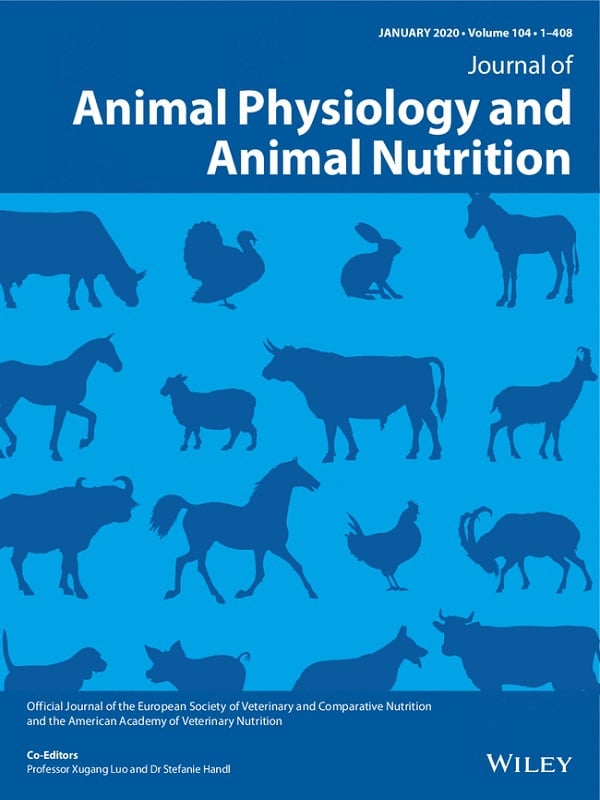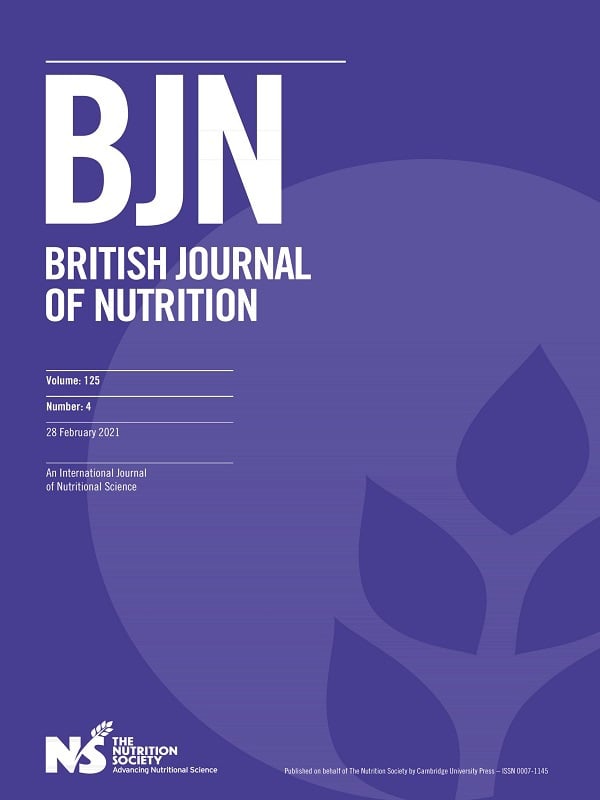
A blend of medium-chain fatty acids, butyrate, organic acids, and a phenolic compound accelerates microbial maturation in newly weaned piglets
Abstract
Inclusion of additive blends is a common dietary strategy to manage post-weaning diarrhea and performance in piglets. However, there is limited mechanistic data on how these additives improve outcomes during this period. To evaluate the effects of Presan FX (MCOA) on the intestinal microbiota and metabolome, diets with or without 0.2% MCOA were compared. Pigs fed MCOA showed improved whole-body metabolism 7 days post-weaning, with decreased (P < 0.05) creatine, creatinine and β-hydroxybutyrate. Alterations in bile-associated metabolites and cholic acid were also observed at the same time-point (P < 0.05), suggesting MCOA increased bile acid production and secretion. Increased cholic acid was accompanied by increased tryptophan metabolites including indole-3-propionic acid (IPA) in systemic circulation (P = 0.004). An accompanying tendency toward increased Lactobacillus sp. in the small intestine was observed (P = 0.05). Many lactobacilli have bile acid tolerance mechanisms and contribute to production of IPA, suggesting increased bile acid production resulted in increased abundance of lactobacilli capable of tryptophan fermentation. Tryptophan metabolism is associated with the mature pig microbiota and many tryptophan metabolites such as IPA are considered beneficial to gut barrier function. In conclusion, MCOA may help maintain tissue metabolism and aid in microbiota re-assembly through bile acid production and secretion.


